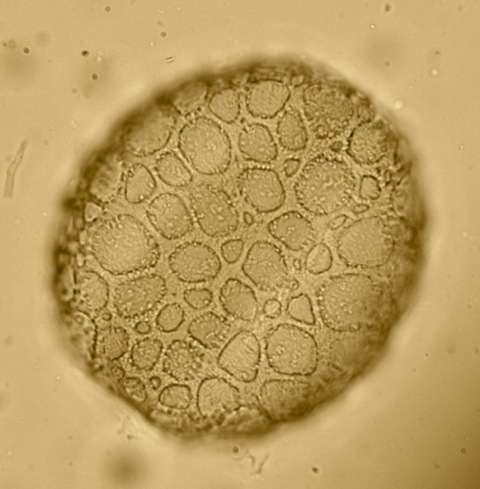Palynological Research at LSU

You might think of pollen as the main cause of your allergies and museum collections
as a symbol of the past, but Associate Professor and Curator Sophie Warny’s research and the collections she curates are all but passé. Her research group focuses on the many applications of pollen. In addition to
the classical approach of using fossils of pollen and spores to date oil-bearing sequences
(three of her former students were hired as biostratigraphers in the oil and gas industry),
she uses these fossils to reconstruct past climate. Her research group found and
dated some of the last forests that existed in Antarctica, and this research was published
in journals such as Geology, the Proceedings of the National Academy of Science, and
Nature Geosciences and was funded by the NSF CAREER program. Her group also lead
one of the first measure of carbon isotope signal in single pollen grains, allowing
to reconstruct past precipitation levels in the Antarctic at a time when the first
Antarctic ice sheets were forming. This latest attempt allowed one of her doctoral
students, Dr. Kate Griener (now at BHP Billiton) to win the 2015 LSU College of Science
dissertation award. Finally, one of their latest endeavors is to use pollen, pollent
print and museum collection in trace evidence evidence research to help in forensic
cases. Her new approach was discussed in the journal Science in 2013 and Dr. Warny
and LSU submitted a pattent for a new method of pollen print collection. The patent
is under review.
Visit Sophie Warny's Laboratory